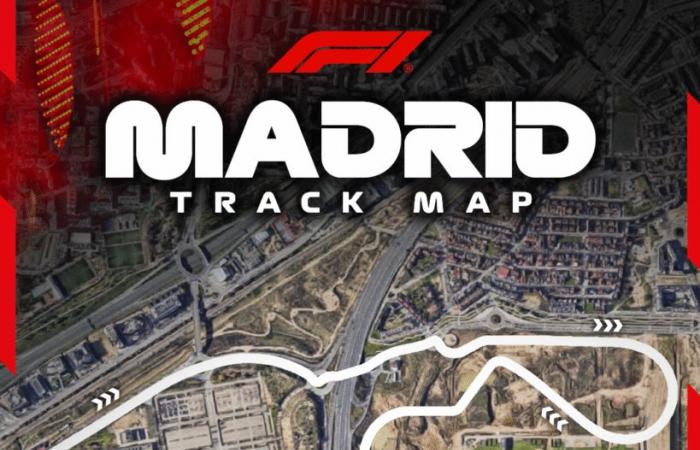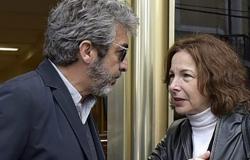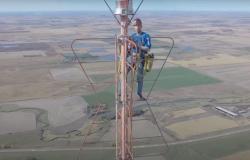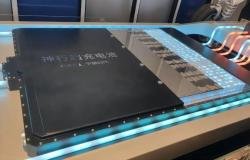
Located in the IFEMA area, this route is not only outlined as one of the most modern and spectacular world calendar, but also promises to redefine the urban car show thanks to its most iconic curve: the monumental.
The agreement reached between Formula 1 and the Madrid City Council guarantees a decade of large awards in the capital, specifically until 2035. Although the works have not yet begun, the project has already been awarded to the Temporary Union of Companies composed of ACCIONA (60%) and construction Eiffage (40%), which will be responsible for materializing this latest generation circuit.
The madring layout will have a length of 5,470 meters, with a total of 22 curves that will test both pilots and teams. It is estimated that the return time will be around 1 minute and 34 seconds, and the capacity planned for the public amounts to 110,000 spectators, distributed in different strategically designed areas to maximize emotion.
Among all the elements of the circuit, one shines with its own light: the curve number 12, baptized as the monumental. This perally turn, inspired by the historic Indianapolis ovals, has a length of 500 meters and a 24%inclination, unprecedented figures in a European urban layout. Its design not only seeks to challenge the technical capabilities of the pilots, but also generate a unique visual show for fans.
The monumental can house up to 45,000 spectators in the stands that surround it, which is equivalent to almost half of the total circuit capacity. Its location and characteristics make it the nerve point of the show, with the promise of becoming an emblem of modern motoring in Spain.
Beyond this iconic curve, the circuit is carefully designed to offer multiple overtaking opportunities and high -speed areas combined with strong braking. For example, curve 1 forces to reduce from 320 to 100 km/h in just seconds, while curve 4 has an even more extreme step: from 340 to 80 km/h, generating a perfect context for risky maneuvers.
One of the most demanding sections will be the rise of the gullies, between curves 6 and 7, where the pilots will amount to 10 meters to the highest point of the circuit, 697 meters above sea level. This rise gives way to a descending slope in curve 8, with a slope of 5%, preceded by an 8%rise, which will test both the control of the car and the precision of the driving.
Other outstanding sectors include the chicane (curves 10 and 11), a technical combination of rapid turns, and the linked of Valdebebas, where it goes from 280 to 100 km/h, marking one of the points of greatest physical demand of the route.
With a design designed for the show and an avant -garde infrastructure, the Madring promises to position Madrid as one of the reference capitals of Formula 1. The complete layout will be revealed in its entirety in the next few days, but everything indicates that this new urban jewel is ready to write a new page in the history of world motor racing.





